Omega 6: The Triangle Stars is a game whose beginnings can be traced back 36 years ago when Takaya Imamura stepped into a job interview with Shigeru Miyamoto for a role at Nintendo. Armed with a sketchbook and an artistic passion that resonated with Miyamoto, he was given a job that led to a three-decade-long tenure culminating in some of Nintendo’s most unforgettable designs. Among many examples, Imamura has forever left a mark on gaming with designs like F-Zero’s mascot Captain Falcon, the titular mask from The Legend of Zelda: Majora’s Mask, and numerous Star Fox characters.
Remarkably, his first indie game project outside of Nintendo has ties to that fateful job interview in 1989. Among the sketches presented to Miyamoto was an idea for a comic that would later serve as the inspiration for Imamura’s first manga, Omega 6. Following the manga’s publication, it’s now been adapted into an authentic, 16-bit retro adventure game. Omega 6: The Triangle Stars is a lighthearted, nostalgic visit to simpler times when games weren’t as dead-serious about telling grandiose stories or concocting increasingly complex mechanics.
Instead, Imamura’s mission is to deliver a true retro adventure game with the youthful heart of a Saturday morning cartoon. In an interview with Game Rant, Imamura spoke about his approach to Omega 6: The Triangle Stars‘ gameplay, retro aesthetic, and the assortment of alien characters he designed as the game’s sole artist. He also shed some light on his career at Nintendo and the inspirations behind his first game outside of the company. This interview has been edited for brevity and clarity.
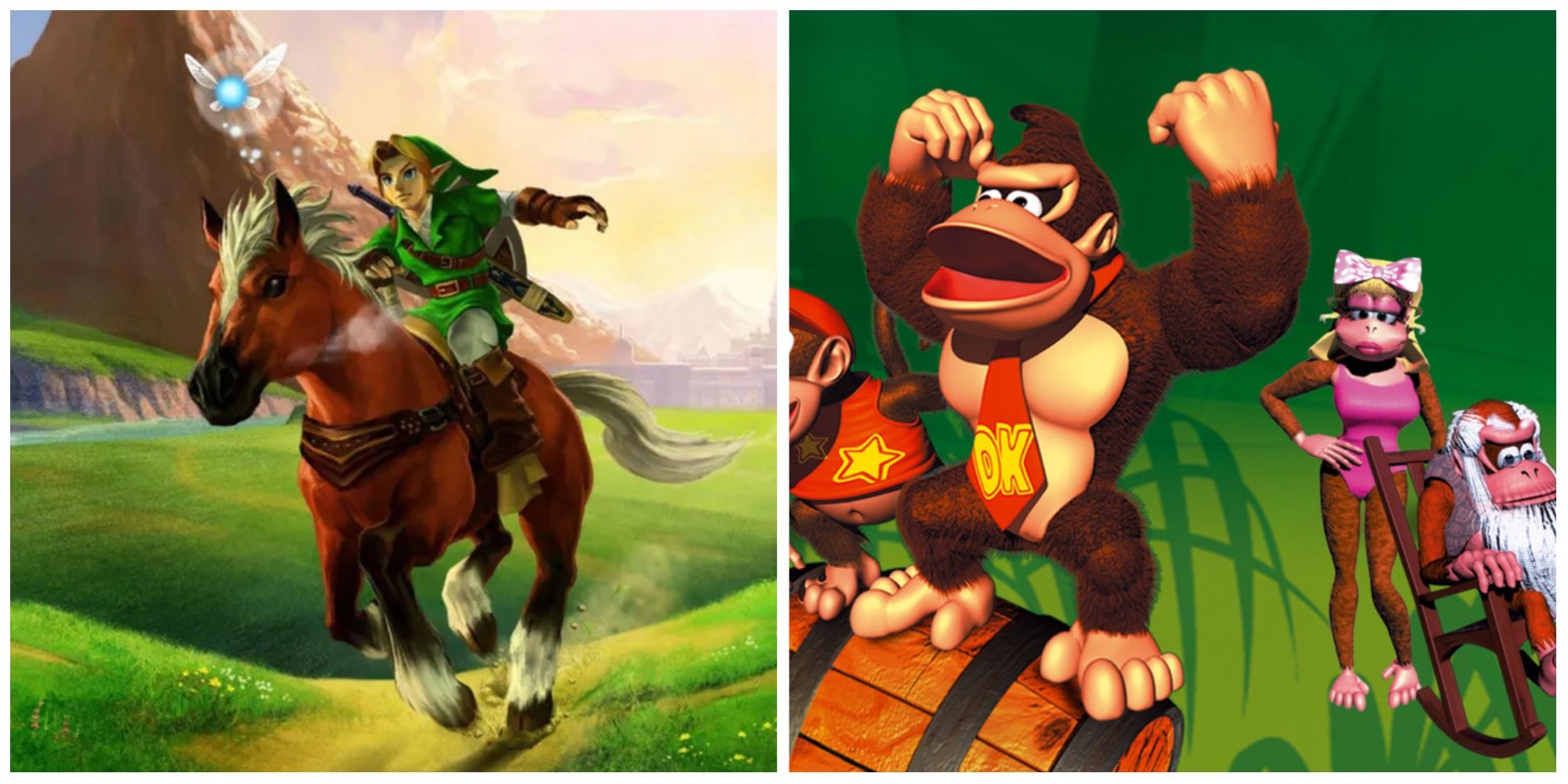
Related
10 Best Retro Games Of The 90s
These retro games represent the best the 90s had to offer the world of console and PC gaming, and they’re still just as good.
Takaya Imamura’s Inspiration for Omega 6: The Triangle Stars
Q: You’ve had a long career working in games. Did any of your past projects particularly inspire Omega 6?
A: Nothing, in particular, to be honest. I have played adventure games, but I never particularly wanted to make one.
After leaving Nintendo, I created this manga, and one of the best genres to tell a story is the adventure game. Hence, that’s the genre we went with.
Q: While a lot of games have a retro aesthetic, Omega 6 looks and feels truly 16-bit. What was your approach to this style? Did you impose any limitations to keep it authentic?
A: I think the biggest restriction I probably kept in mind was limiting myself to the number of colors I used. Obviously, there’s no real limit—I could use much, much more—but I wanted to retain that feel.
Also, in terms of music, sound, and composition, we tried to stick as close to the 16-bit restrictions as possible.
Q: Artistically, where did you draw inspiration for Omega 6? Were there certain films, games, or comics that struck you?
A: There’s nothing in particular that I took direct inspiration from, but ever since I was a kid, I’ve always loved science fiction films—Star Wars, that kind of thing.
I think the closest thing to a source I can give you for Omega 6 is actually from when I went to my interview with Nintendo. One of the things I brought with me to showcase my work was a comic I had made, which I showed to Miyamoto-san. It was kind of like a science fiction manga, and that became the roots of Omega 6 as you see it today.
Q: With a creative role in so many games over the years, was there anything you always wanted to see in a game that you could finally include in Omega 6?
A: To be honest, while I was at Nintendo, I didn’t really feel that many restrictions. I think they really let me do exactly what I wanted—I wasn’t under strict control, so to speak.
If anything, I would say that being able to draw the manga wasn’t so much a release of stress, but it was something I couldn’t do until I was no longer at Nintendo. It was my creative release. Looking back, if you’re an internal part of the Mario team or the Zelda team, you end up making those games for years and years.
My career spanned a lot of different genres, series, and characters. Maybe it was just because I was too much of an individual—they couldn’t really nail me down to one project. I’m not sure.
Q: The game features over 100 alien characters. How did you come up with so many unique designs, and do you have any favorites?
A: Again, there’s no particular inspiration—it’s more just years and years of watching different science fiction films, reading comics, playing games, and so on. It’s all packed in, and it just comes out in a flow, as it were.
If I had to pick a character I really like, I guess there’s a human from the future in the game who looks really unpleasant. That’s one of the characters I find especially interesting.
Q: What do you feel are the key characteristics of Omega 6? Are there features or concepts that you feel are core to its identity?
A: I think probably the biggest difference between Omega 6 and your typical graphic adventure is the fact that, in between scenes, you have random encounters. The chances of these encounters popping up are kind of like in an RPG.
And as you mentioned, there are over 100 different aliens that can be part of these battles.
Q: Can you discuss Omega 6’s musical direction? What kinds of themes or emotions did you wish to express?
A: In terms of the direction I gave, I focused on the important tracks—ones tied to the game’s theme or key story elements. For the rest, I tried to give the composer more freedom.
For example, Amayake-san is a jazz vocalist, so for the bar scene you come across early on, she was really well-suited for that kind of track. For those, I mostly left her to her own devices, and she came up with some great stuff.
Q: I found the battle system very interesting. On the surface, it’s rock-paper-scissors, but there’s actually a lot of depth beneath it. Can you talk about how that idea came to be?
A: The idea was that, even though we had these RPG elements in the game, I didn’t want to make them too complicated—especially the battles—because the focus is on enjoying the story more than anything.
With that in mind, the director, Seki-san, came up with the idea of using rock-paper-scissors since it’s a simple concept that a lot of people can grasp. From there, the team came together, and everyone contributed their own ideas on how to simplify things while still adding a bit of depth without making it too complex. The result is the battle system you see in the game.
Omega 6: The Triangle Stars Is All About Nostalgia
Q: The adventure game genre is an old, storied genre with distinctive features. Was there anything in particular that you wanted to “get right” as you worked on one yourself?
A: I’m not sure about the features, but I really wanted to add more animation to the characters. At the end of the day, though, I was the only artist on the team, so it didn’t quite come to fruition.
Q: The game features three distinct planets. Can you talk about how they differ in terms of interactions, characters, or encounters? What were your goals in making each planet feel different?
A: The basis of these three planets comes from the idea that having a variety of locations to visit in the game would make it more engaging for the player. It’s about giving the game more variation, rather than having players visit the same old places over and over again.
In order to make that variation easy to grasp, splitting the game into three planets seemed like the easiest way to do it. At first, it was one planet with several satellites, but as we neared the end, we took a step back and thought, “You know, this doesn’t seem great in terms of scale.” So we wondered, “What if we boosted these satellites, these moons, into planets themselves?” And that’s where the subtitle The Triangle Stars comes from—it was added quite last minute.
As for the theme of the planets, it’s fairly simple: there’s a hot one, a cold one, and one full of treasure hunters and untrustworthy people. The goal wasn’t necessarily to add a lot of depth but to make it easy for the player to grasp and remember where things were, what happened where, and what kind of atmosphere or place they were exploring.
Q: Interestingly, the bonsai tree is a focal point in Omega 6’s gameplay. Can you talk about how you decided to give bonsai trees a prominent role in the game?
A: I’m not sure, but there’s a science fiction film called Silent Running—I think it’s from 1997. In the film, they’re in space, and they’re growing plants.
So the concept for the bonsai specifically came from me and looking back, I think that’s probably where the seed—no pun intended—was planted, back when I was watching that film.
Q: What would you say Omega 6 is “about?” Is there something that you hope players or readers of the manga will think about after they’ve played or read these?
A: This applies to both the comic and the game. In recent years, games, comics, and films really dive deep into meanings, character development, and so on. For me, though, I just wanted to take a step back. The game looks retro and feels retro, and that’s really what I’m all about.
If there’s anything I want players to take away, it’s a feeling of nostalgia—going back to when they were younger, when they were kids, when things were simpler. Simple pleasures, that kind of thing.
[END]
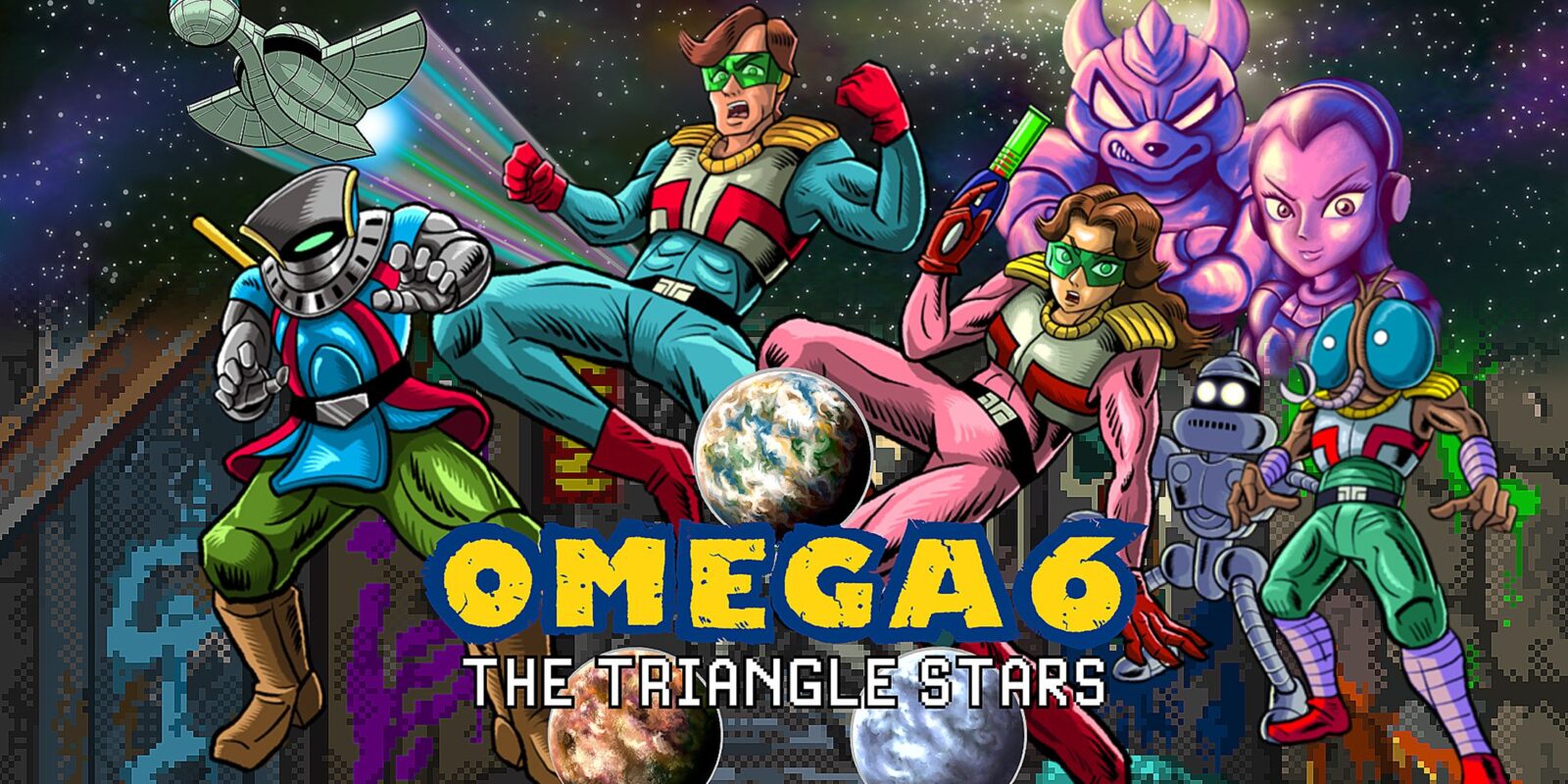
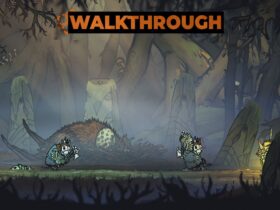
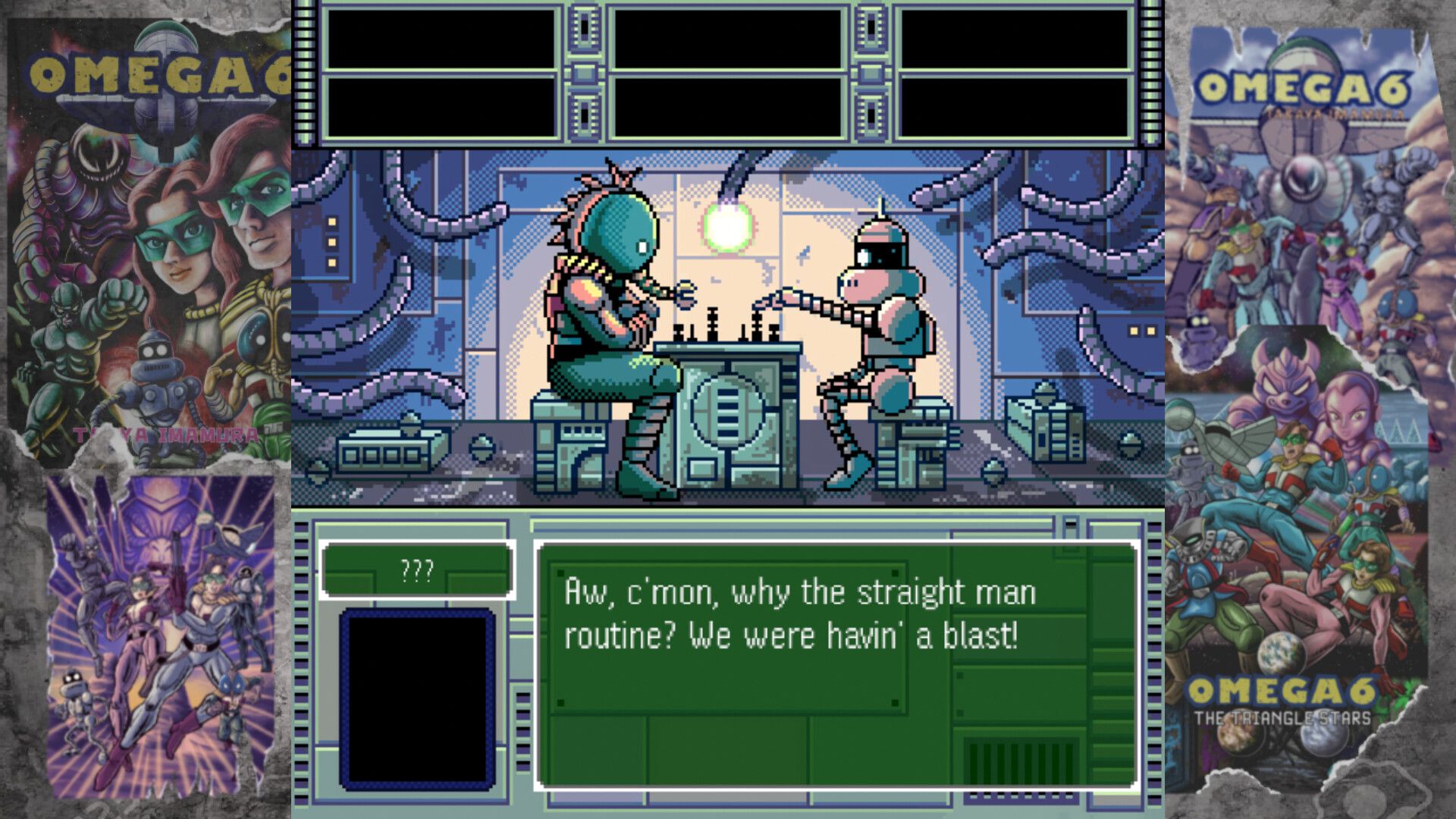
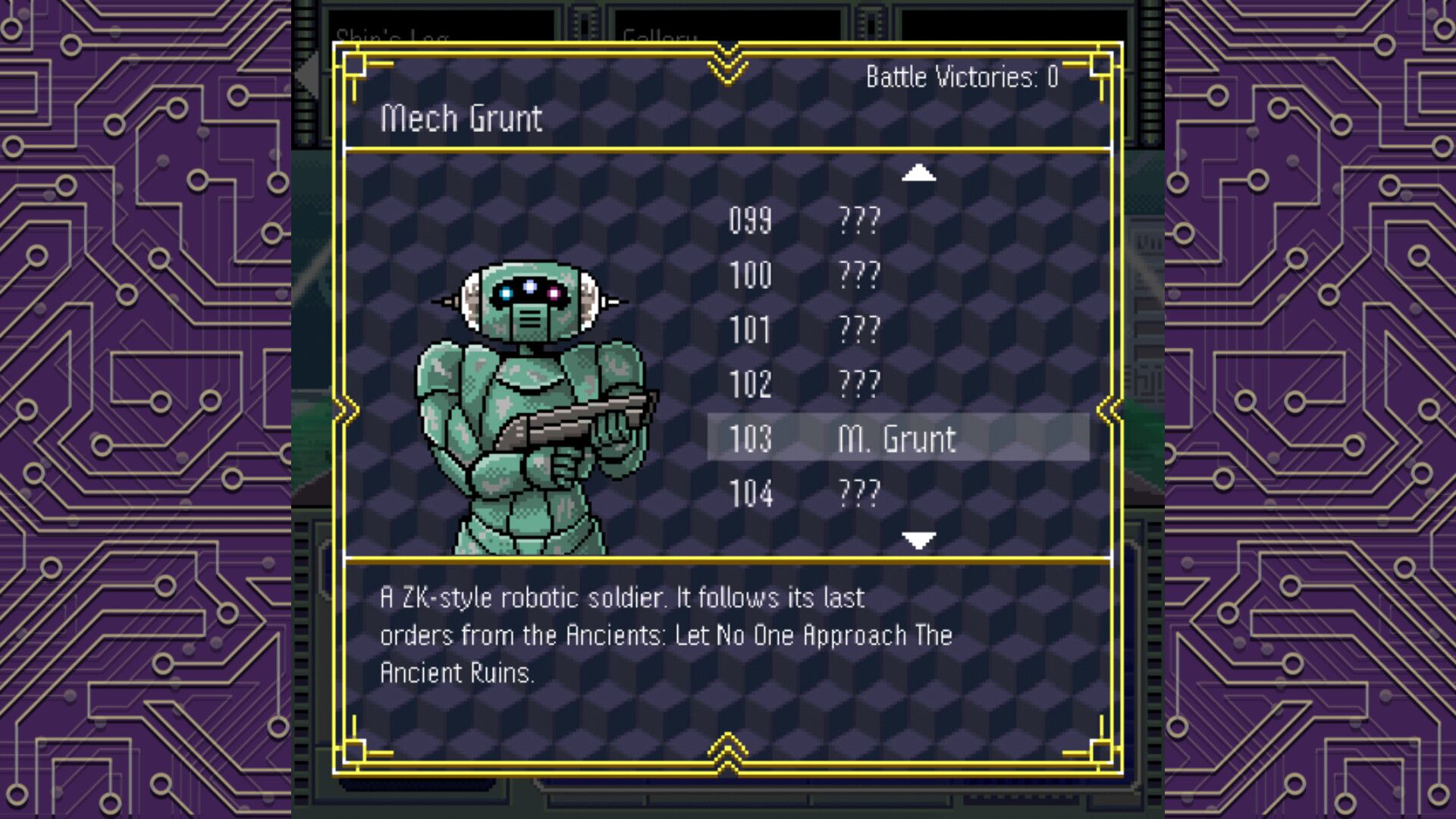
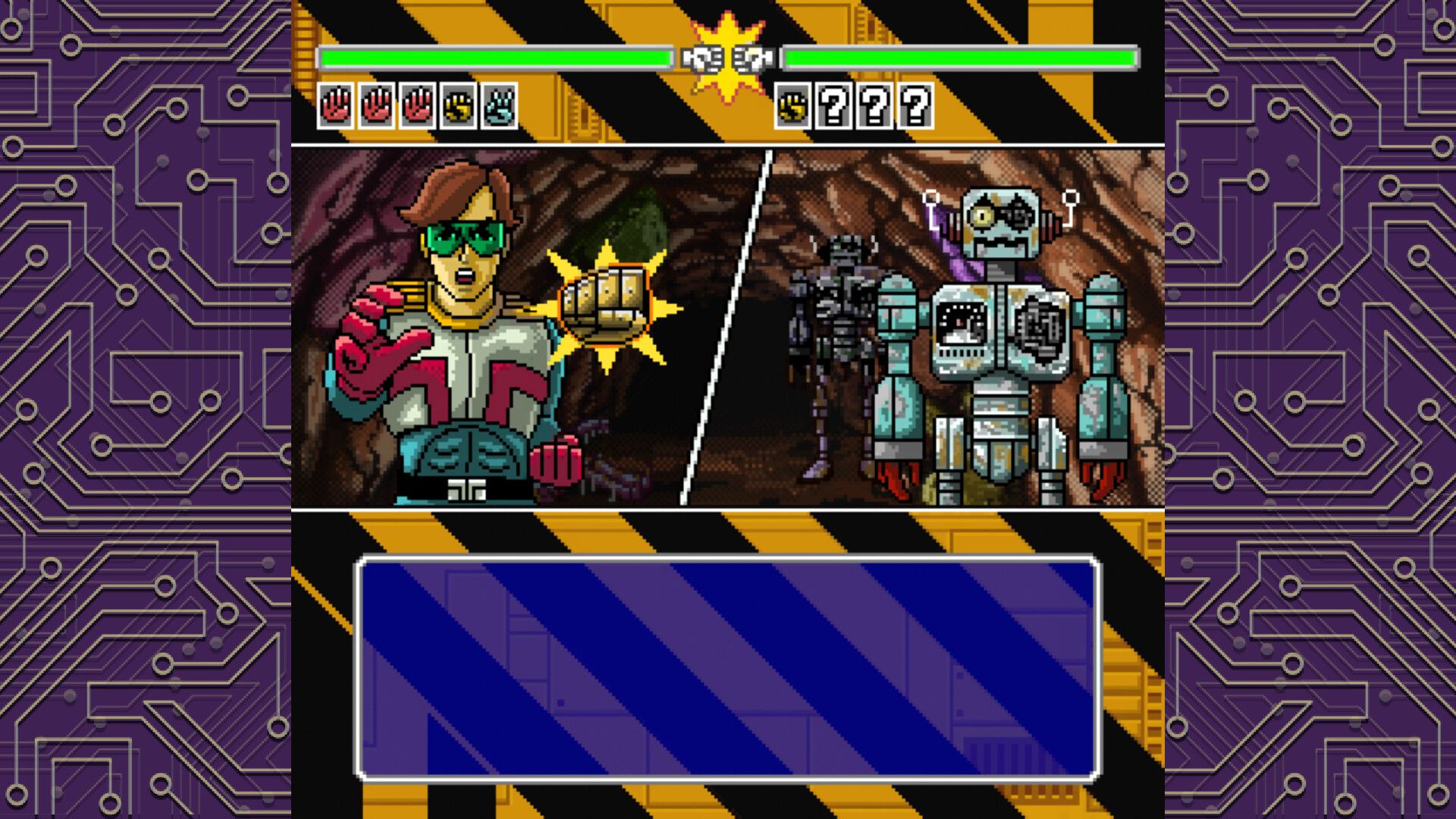
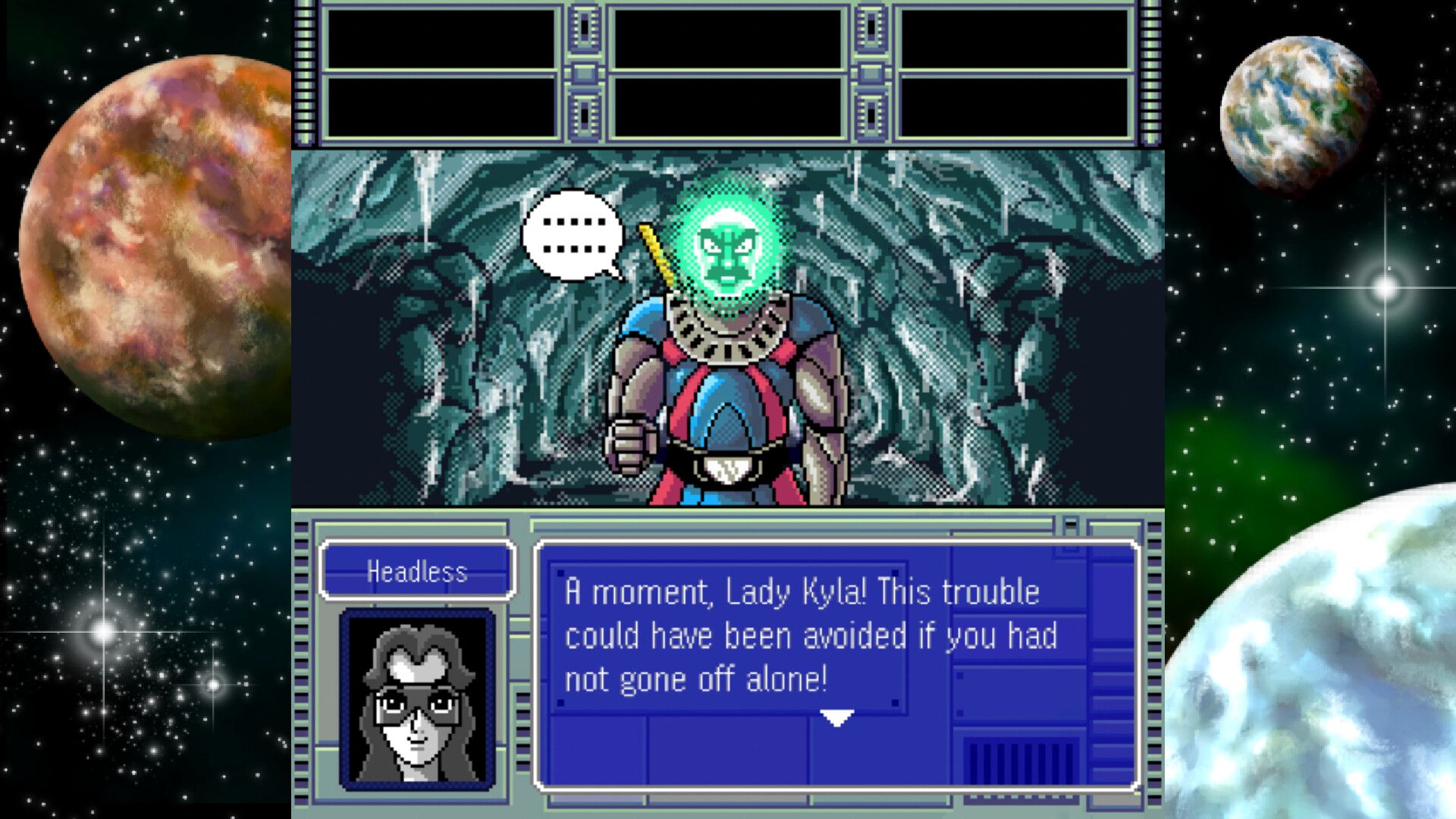
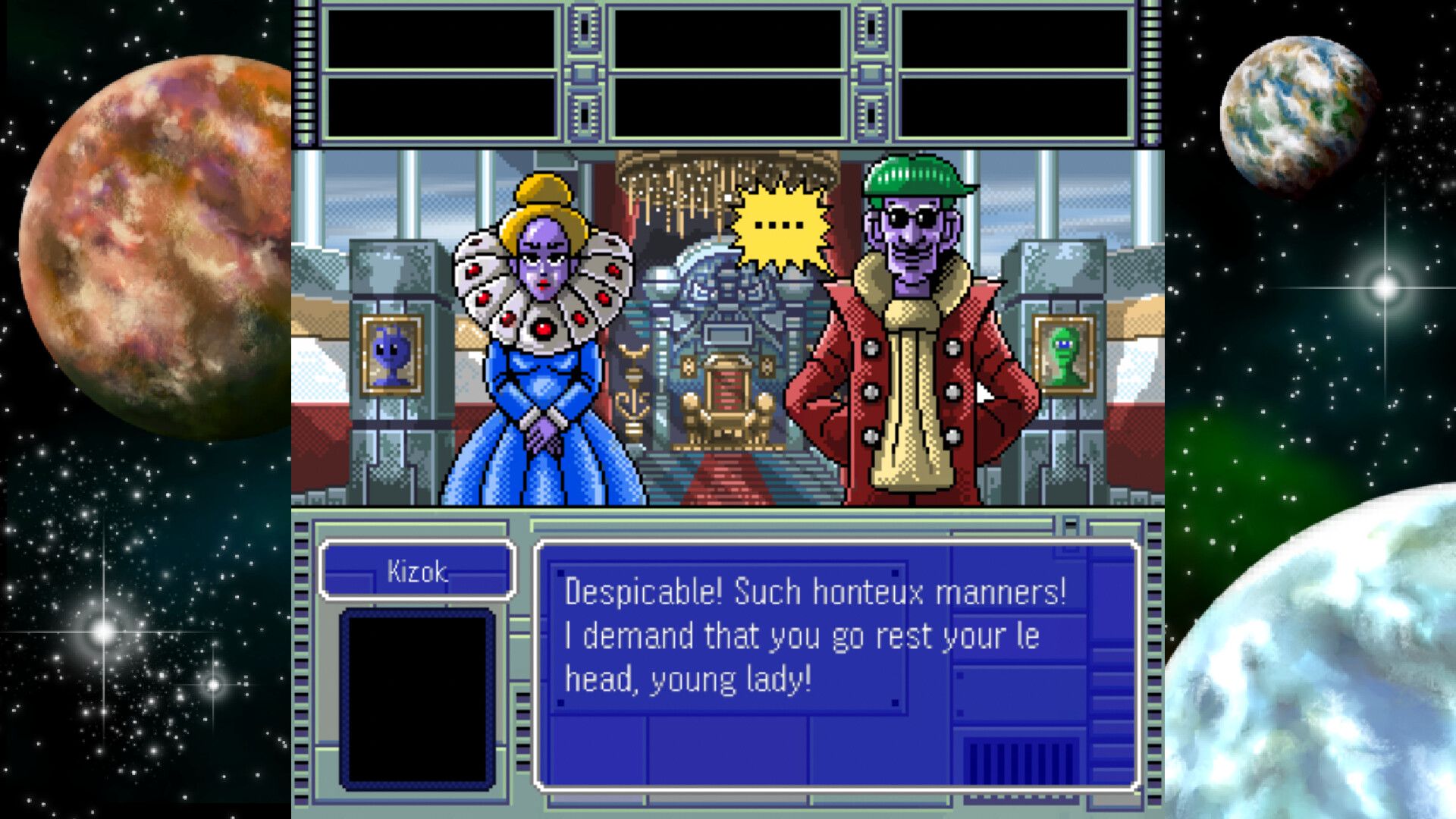
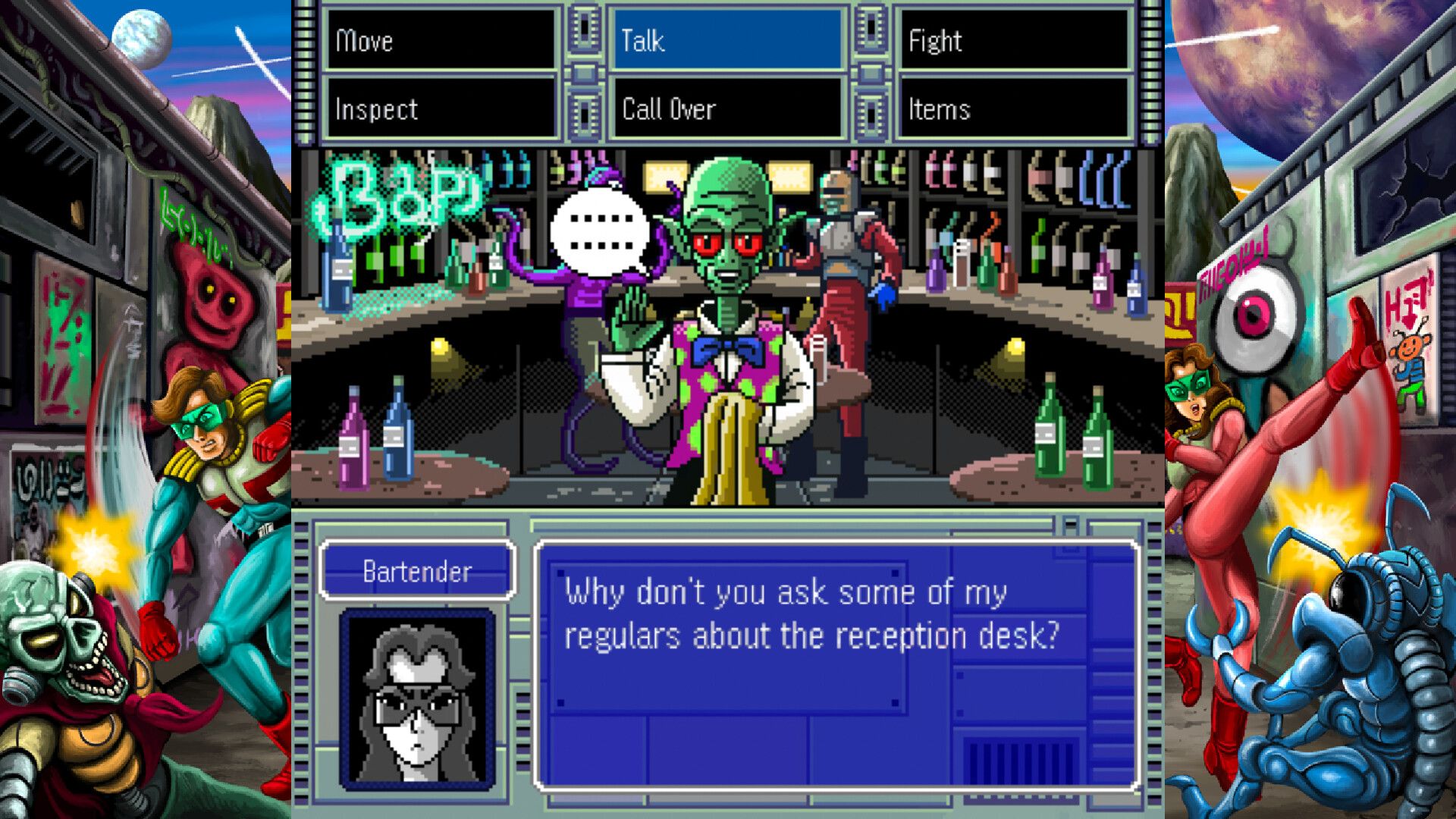
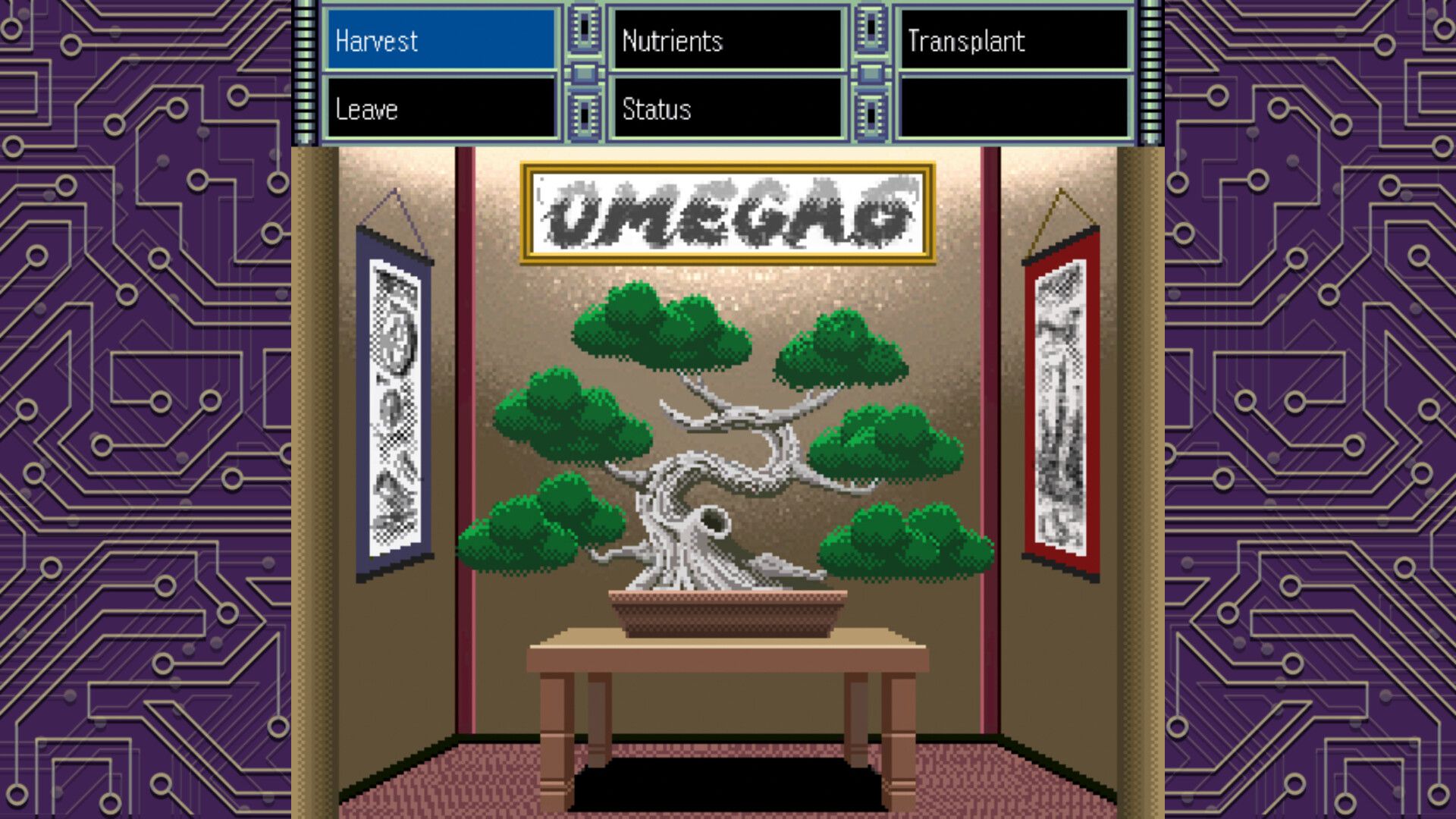
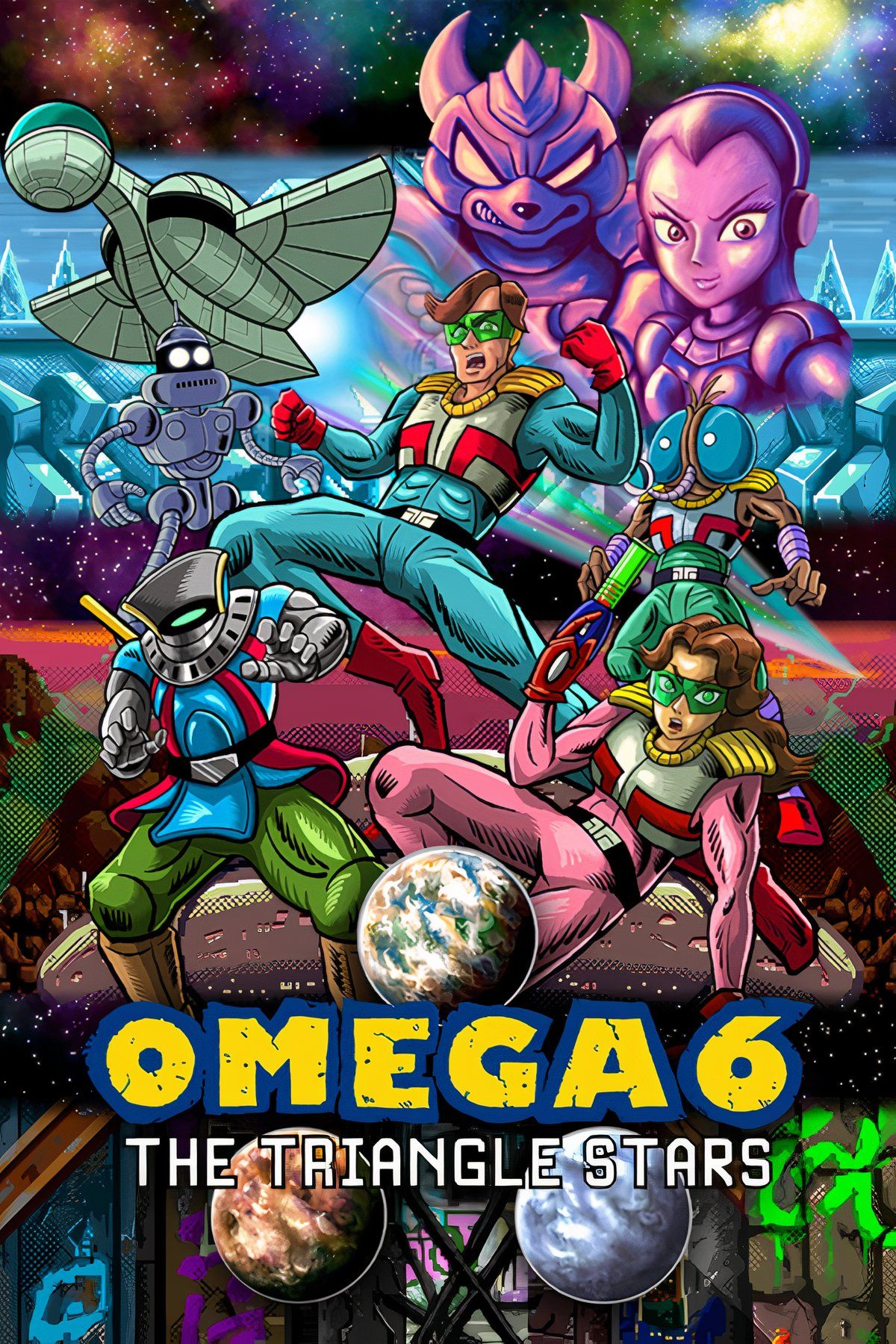
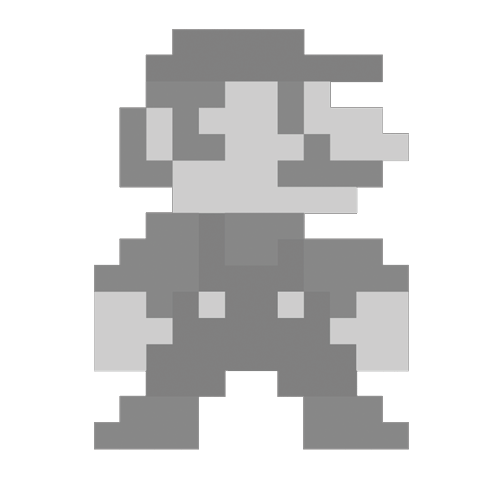

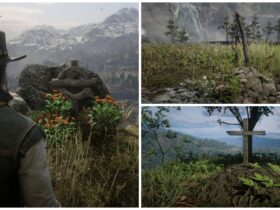
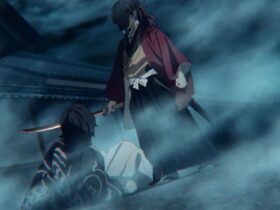
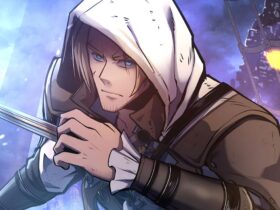
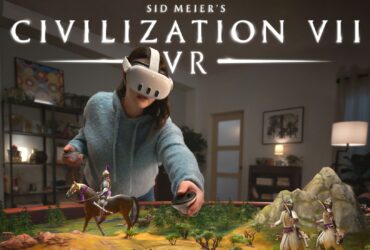
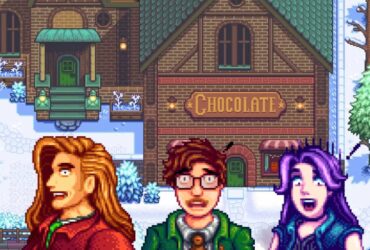
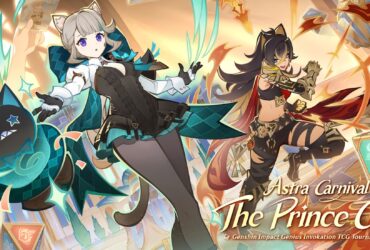

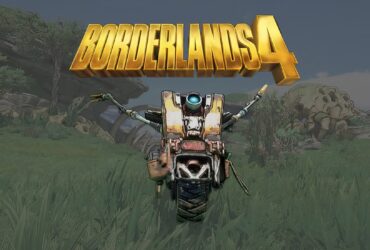
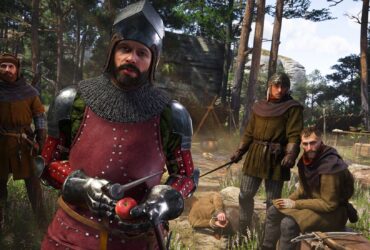
Leave a Reply